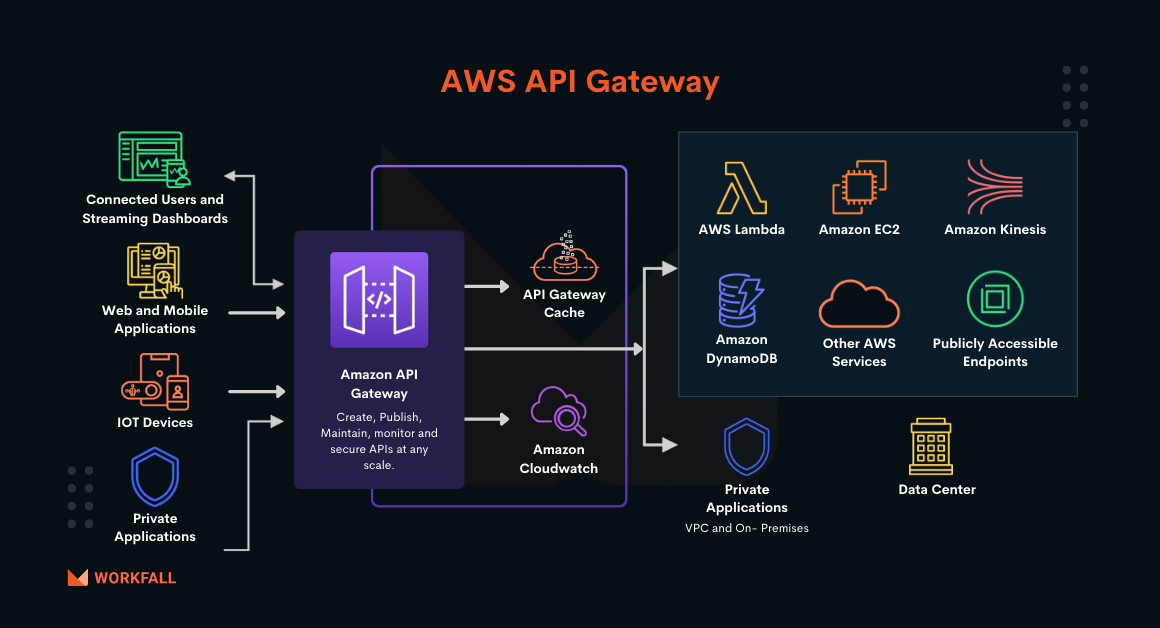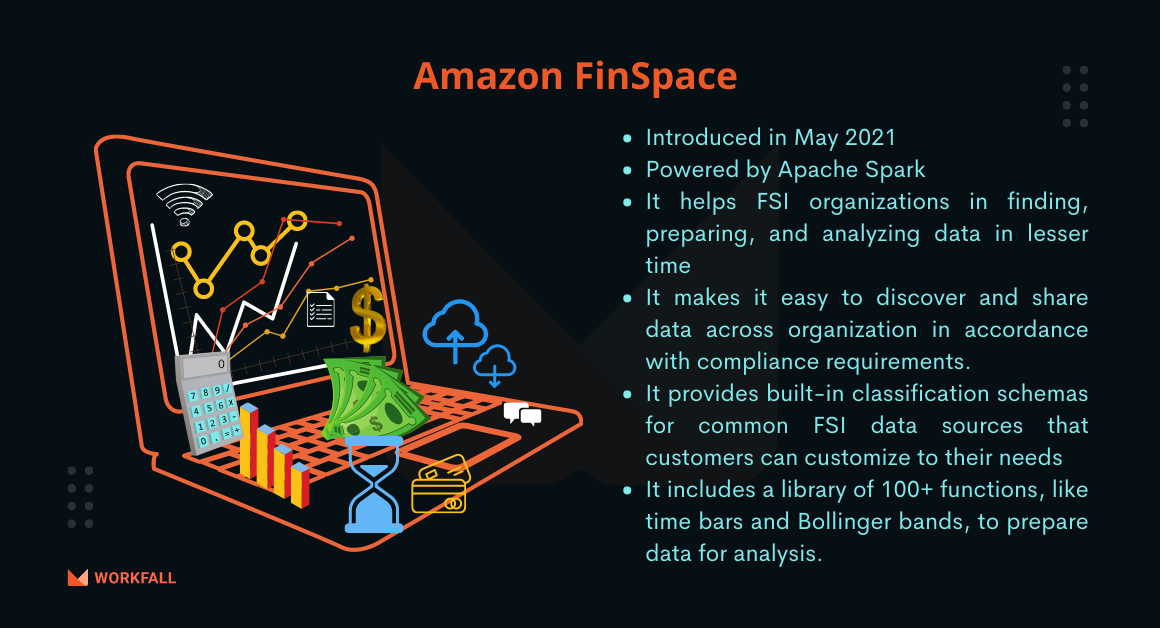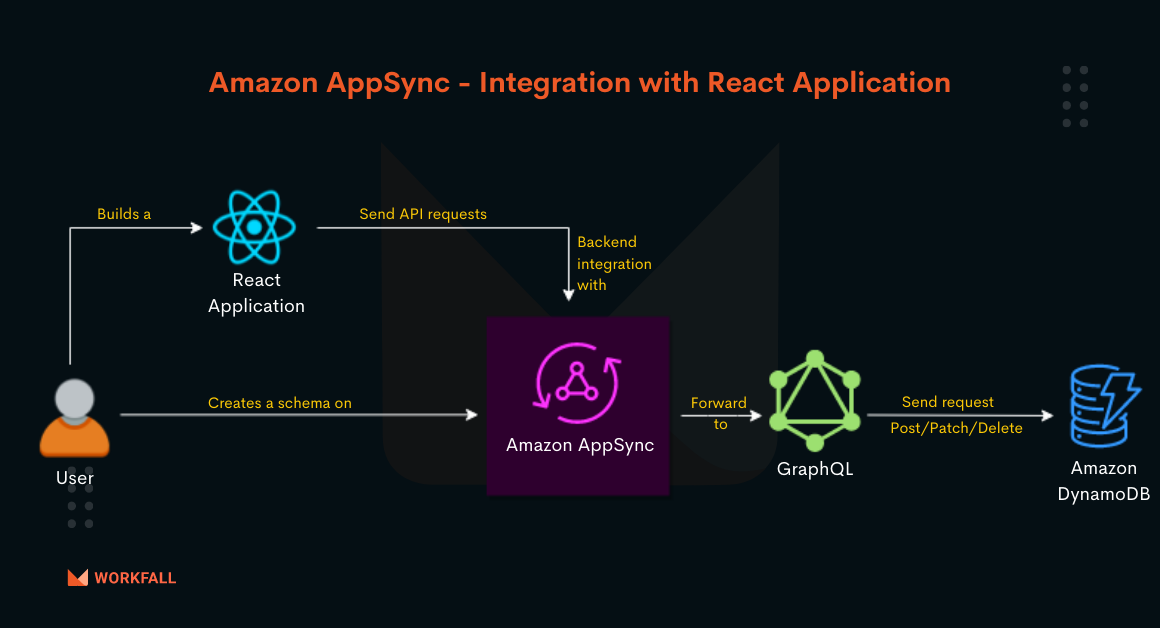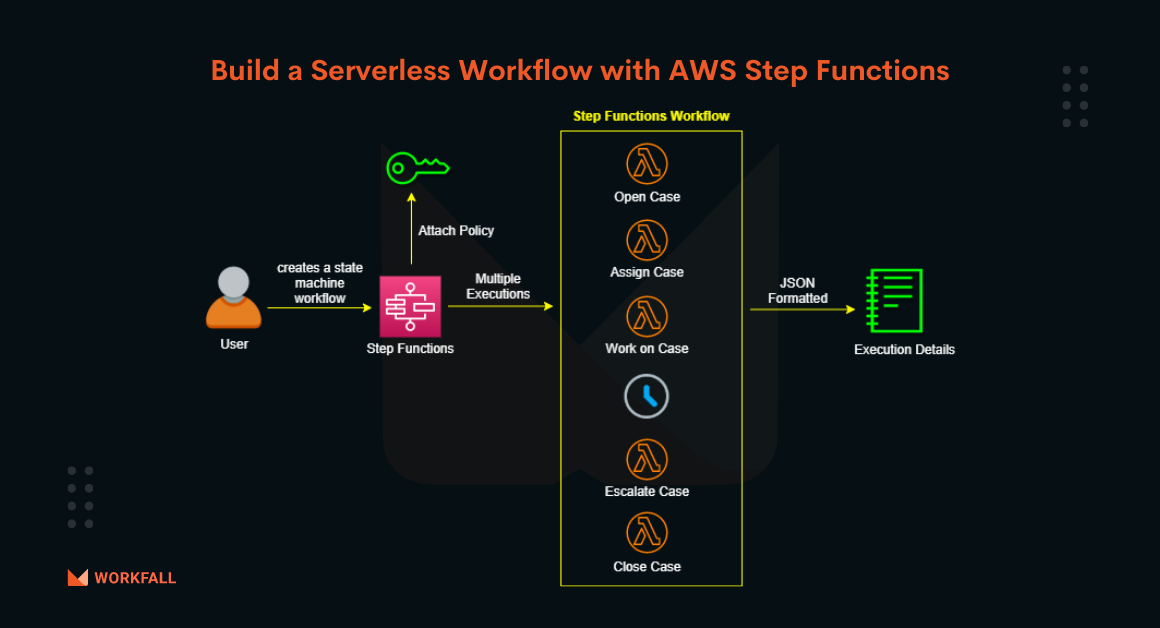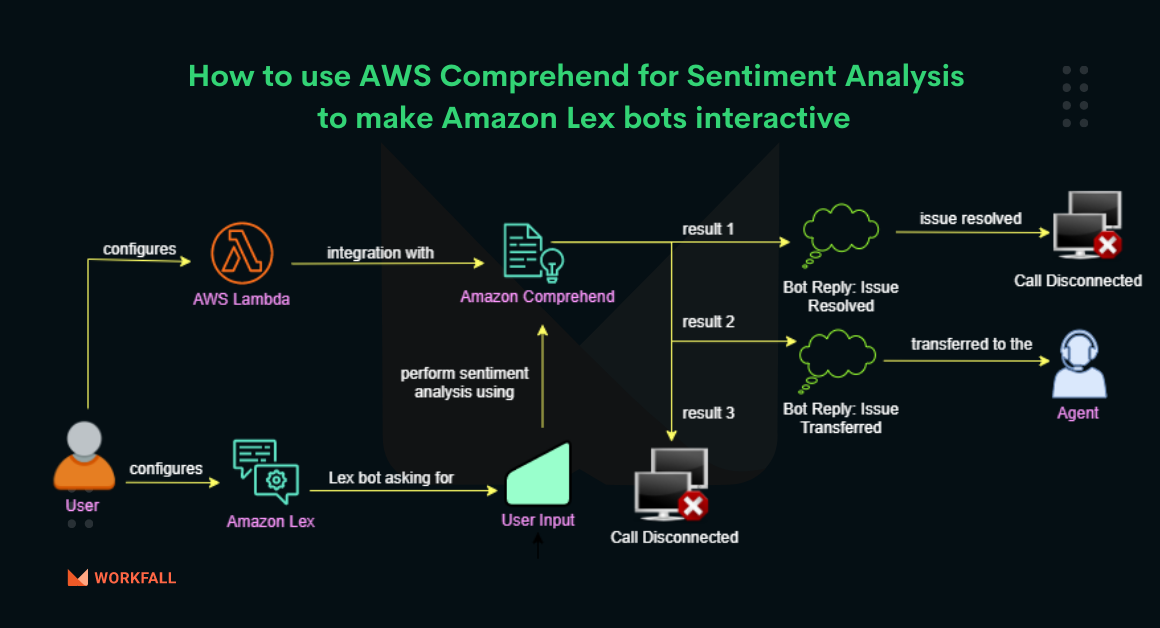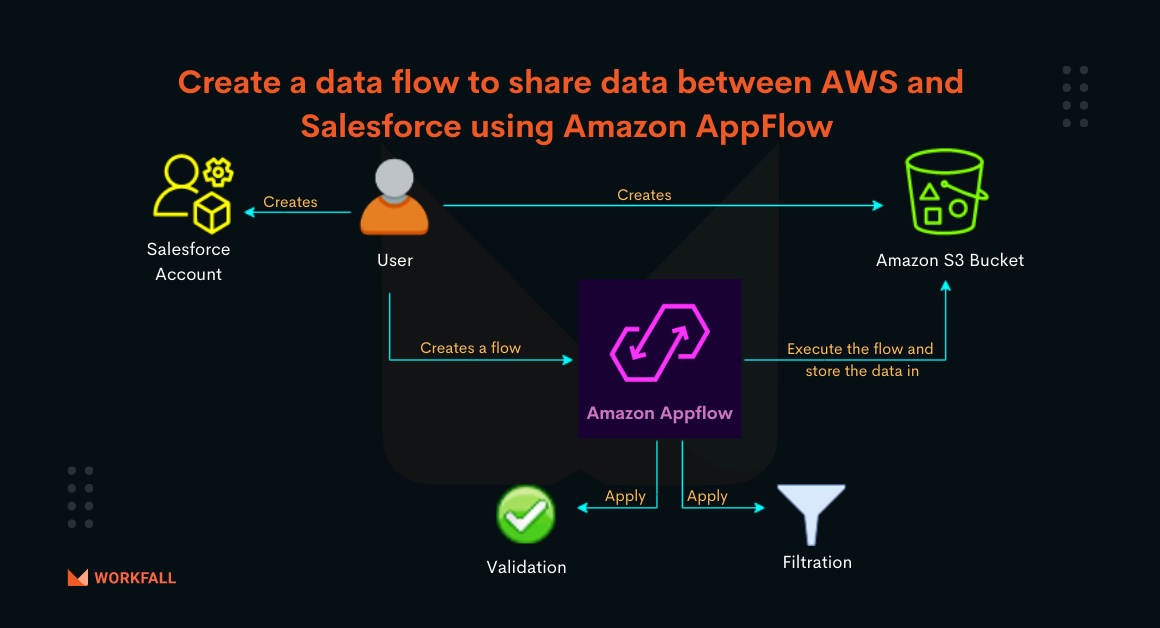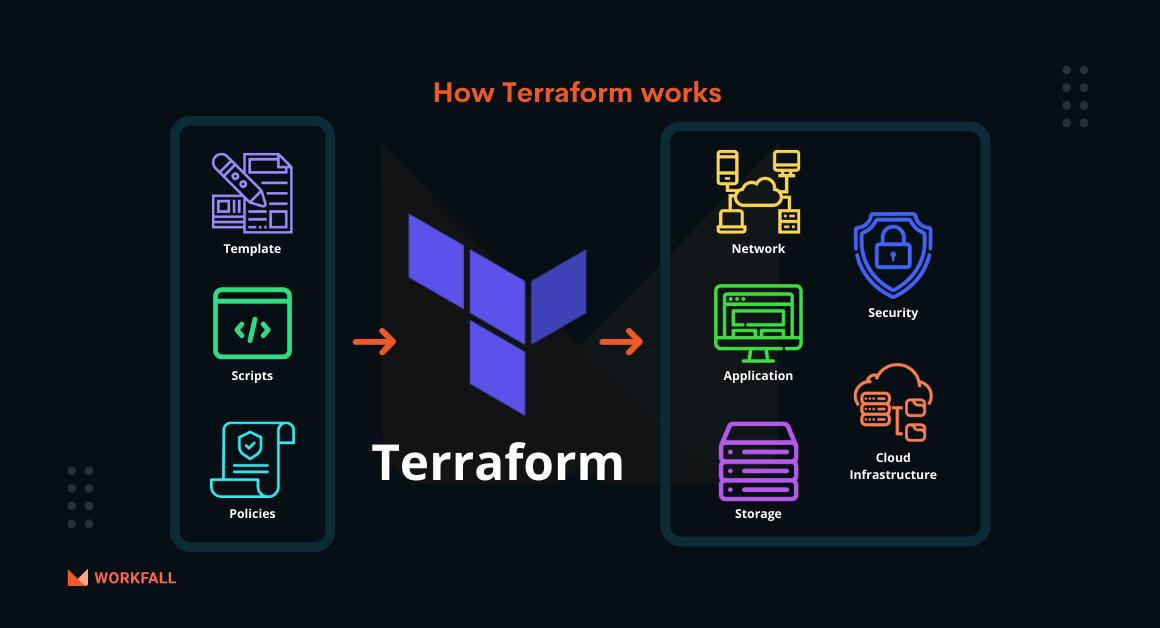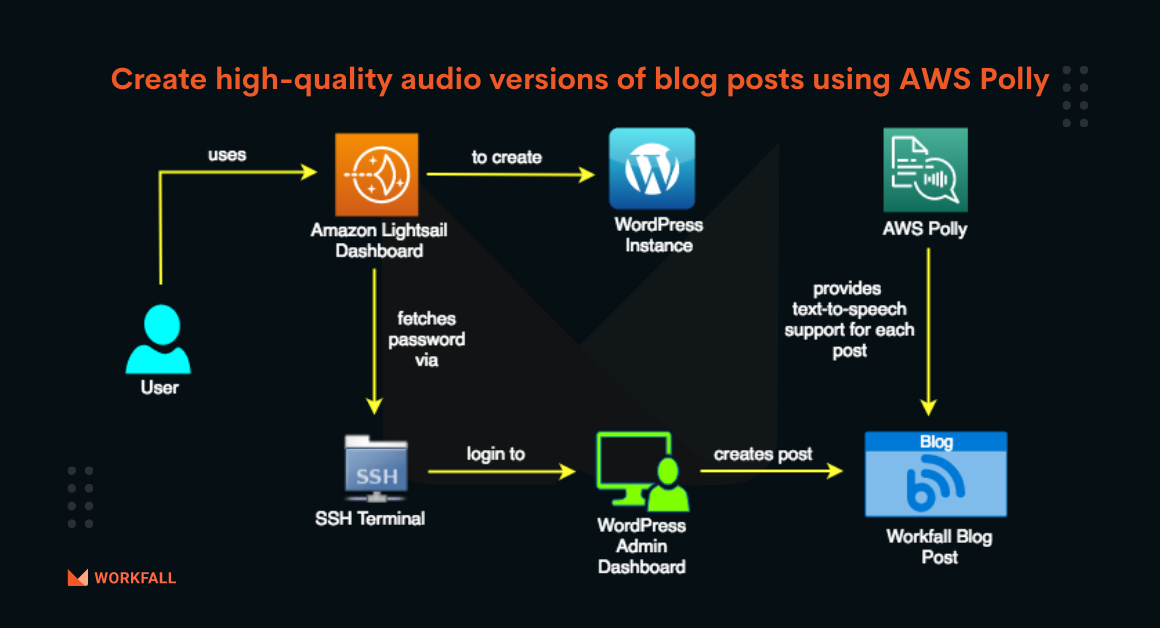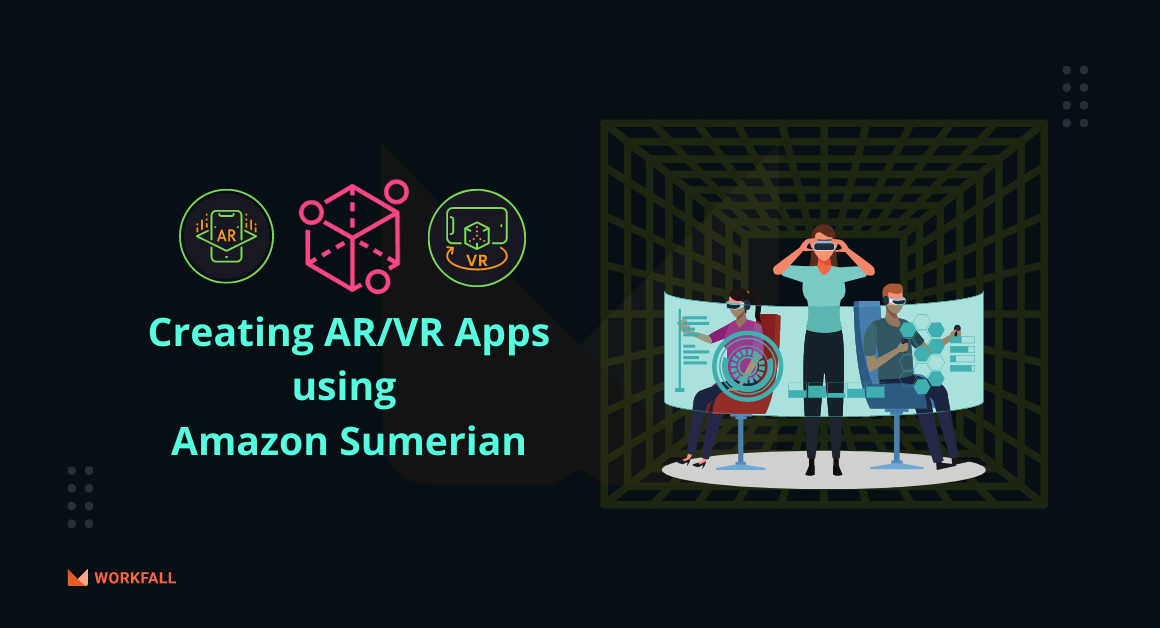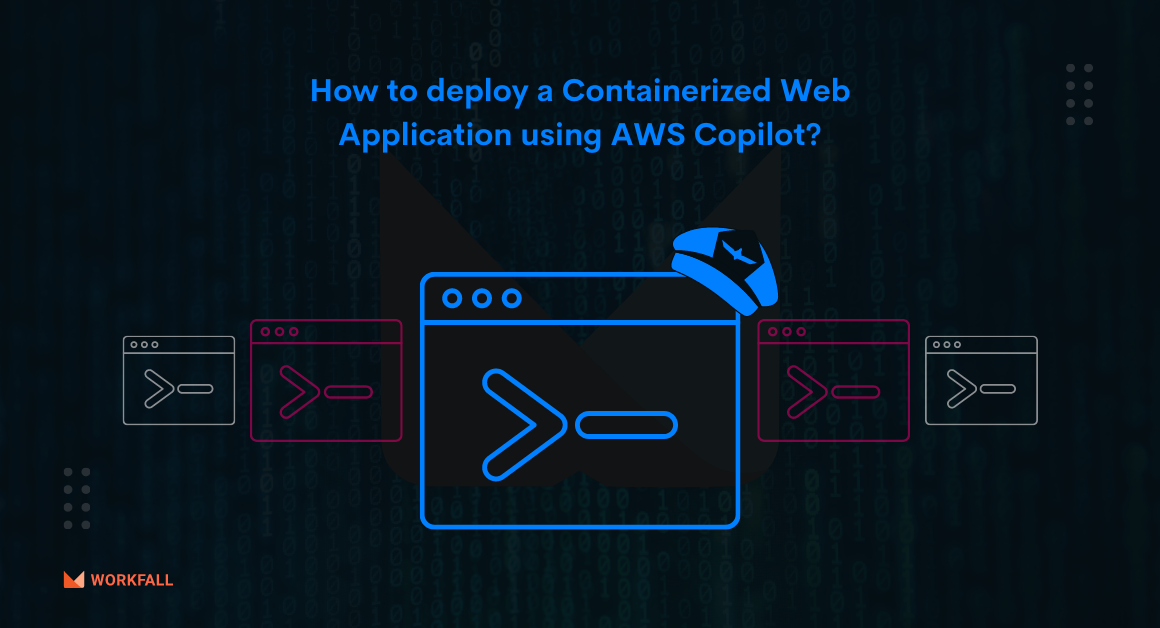How to create, publish and maintain high scalable APIs using AWS API Gateway?
Reading Time: 12 minutes To access data, business logic, and functionalities from backend services, API can act as an interface! Using API Gateway, we can enable two-way communication in real-time applications. In this blog, we will discuss Amazon API Gateway, its architecture, key concepts, use cases, and features. As part of hands-on, we will also create API Gateway and […]
How to collect, aggregate and analyze Financial Services Industry (FSI)’s data on a petabyte scale using AWS FinSpace?
Reading Time: 9 minutes In our previous blog, How to collect, aggregate and analyze Financial Services Industry (FSI)’s data on a petabyte scale using AWS FinSpace(Part 1)? We have discussed FSI and Amazon FinSpace as data management and analytics platform designed specifically for the FSI. We have also discussed FinSpace features, benefits, how it works, pricing, etc., and how it […]
How to create an API endpoint to provision a DynamoDB table using AWS AppSync?
Reading Time: 9 minutes In our previous blog How to create an API endpoint to provision a DynamoDB table using AWS AppSync? (Part 1), we have discussed AWS AppSync, its features, benefits, use cases, etc. In this blog, we will discuss a business scenario to understand and create an API endpoint to provision a DynamoDB table using AWS AppSync. […]
How to build a Serverless Workflow with AWS Step Functions?
Reading Time: 8 minutes In our previous blog How to build a Serverless Workflow with AWS Step Functions? (Part 1), we have discussed AWS Step functions, its features, benefits, use cases, etc. In this blog, we will discuss a business scenario to configure and create a serverless workflow to handle the issue resolution statuses raised by each of the […]
How can we use Amazon Comprehend with AWS Lambda and Amazon Lex for Sentiment Analysis?
Reading Time: 10 minutes In our previous blog, How can we use Amazon Comprehend with AWS Lambda and Amazon Lex for Sentiment Analysis(Part 1)? we have discussed NLP, Amazon Comprehend as one of the best NLP services, its features, benefits, use cases, etc. In this blog, we will demonstrate how to configure Amazon Comprehend with AWS Lambda and Amazon […]
How to create a data flow to share data between AWS and Salesforce using Amazon AppFlow?
Reading Time: 10 minutes In our previous blog, How to create a data flow to share data between AWS and Salesforce using Amazon AppFlow (Part 1)? We have discussed Amazon AppFlow, its features, benefits, use cases, etc. In this blog, we will see how we can make use of the Amazon AppFlow service to create a data flow to […]
How to manage infrastructure as code (IaC) with Terraform on AWS?
Reading Time: 10 minutes Most of us prefer that someone who is an expert in the installation and configuration of systems should install OS, and software and can do the required configuration in our laptops and desktops. Agreed? Through the evolution of IT infrastructure, we have depended on system administrators to configure the hardware and set up and maintain […]
How to create high quality audio versions of blog posts using AWS Polly?
Reading Time: 11 minutes Text-to-speech can help us in creating more versatile, accessible content. We could purchase recording equipment and spend hours recording and editing each narration, but if we want most of the benefits for only a couple of minutes and a few pennies per post, consider using AWS Polly instead. AWS Polly uses advanced deep learning technologies […]
How to create and publish AR/VR Apps with AWS Sumerian?
Reading Time: 13 minutes In our previous blog How to create and publish AR/VR Apps with AWS Sumerian (Part 1), we discussed Amazon Sumerian, its features, benefits, use cases, etc. In this blog, we will discuss a business scenario to create, configure and publish a Sumerian bot with proper gestures and text-to-speech conversation. Let’s understand the following business scenario. […]
How to set up AWS Copilot to build, release and operate containerized applications on ECS and Fargate using a CLI?
Reading Time: 9 minutes AWS Copilot is a command line interface (CLI) that allows users to launch and manage containerized apps on AWS fast and efficiently. AWS Copilot offers a simple declarative set of commands, as well as examples and guided experiences to assist clients in deploying quickly. Copilot automates each stage of the deployment lifecycle, including pushing to […]
